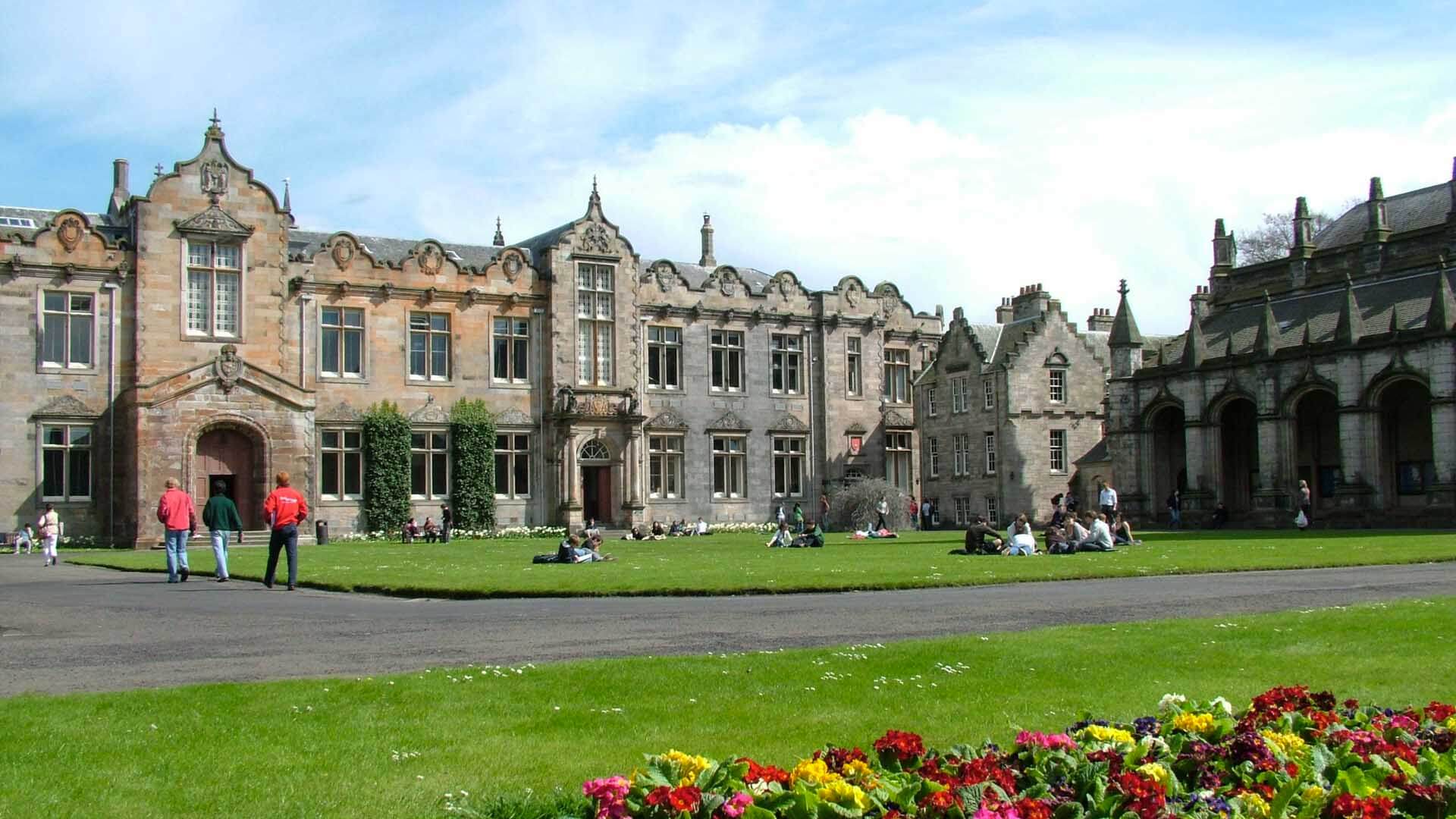University of St Andrews: Top design award music to ears of St Andrews community
A stunning £12.5 million building dedicated to providing world-class music facilities for the University of St Andrews and the wider community has scooped a top prize in the Scottish Design Awards.
The Laidlaw Music Centre – which boasts the world’s first chamber hall with a moveable floor – won the Award for the Public Building category of the prestigious national competition. It was also short-listed in the Education category of the Scottish Design Awards.
Officially unveiled in April this year, the Laidlaw, as it is affectionately known, creates new opportunities for young people to connect with the performing arts, providing an intimate performance venue, flexible rehearsal spaces and high-tech recording facilities.
Open to staff, students and the local community, the state-of-the-art music centre is the first University building to be dedicated to music in the University’s 600-year history and is already becoming an integral part of St Andrews cultural quarter, attracting world-class performers and recitalists from around the globe.
Central to the showpiece facility is the oak-lined McPherson Recital Room which claims not one but two world firsts: a fully mechanised floor that can be reconfigured for a variety of performance requirements from symphony orchestras to chamber music recitals at the touch of a button, and a nine-metre reverberation chamber which can be ‘tuned’ depending on the nature and type of performance being conducted.
The main Rehearsal and Recital Hall is complemented by three large sectional rehearsal spaces, ten individual practice rooms, a recording studio and an amplified music suite.
And while the internal design of the Music Centre has been crucial to its function, a critical component of the entire project, led by award-winning architects Flanagan Lawrence, was the creation of a new quadrangle as a southern extension of the historic St Mary’s Quadrangle, the oldest part of the University dating back to the 1500s. The focal point of the new public space is a century-old arboretum. The space between the mature tree canopies defined the available site for the new building.
In fact, the London-based firm’s ability to design a cutting-edge building that “complemented its historical context” was instrumental to its success in the awards, as architect Jason Flanagan explained:
“Externally, the music centre is articulated as three wings of varying heights, each comprising alternating planes and volumes of local sandstone with interstitial glazing, which step in relation to the height of their historic neighbours reaching up to the high point of the Recital Hall. The stone walls form a backdrop to the trees throughout the year and are deeply carved with vertical windows which bring light into the performance spaces within. The plan form of the building is designed to frame the new quad on two sides with the Bute Building opposite.
“The dramatic treble-height entrance foyer is glazed on three sides to maximise views to the arboretum, the surrounding buildings and the public routes which approach the building. Long-range views from the upper levels of the building open to the hills surrounding the site. The walls and staircase which frame the foyer are cast in-situ with the timber board marked concrete creating a tactile link between the trees outside and the wooden panelling within.”
Jason added: “Our approach to the design was two-fold, to design the rehearsal and performance spaces from the ‘inside out’, where the acoustic drives the design, culminating in the oak-lined MacPherson Recital Hall, the first hall of its kind to feature a reverberation chamber. In parallel we were designing from the ‘outside in’, exploring the civic presence of the building in its historic context, whilst forming an elegant backdrop to the beautiful trees in the arboretum.”
Welcoming the award, Dr Michael Downes, Director of Music at the University, said: “The Laidlaw Music Centre was always envisaged as a building to be used and enjoyed by the whole community of St Andrews and beyond, not only the University, so we are particularly pleased to have been recognised in the ‘Public Building’ section of these prestigious awards. It is a delight and privilege to make music in this extraordinary building, and I look forward to sharing it with many more musicians and audience members in the years ahead.”

